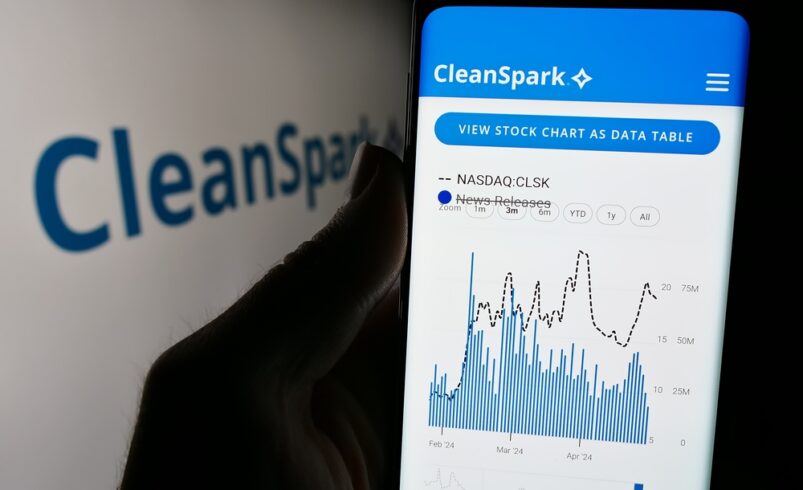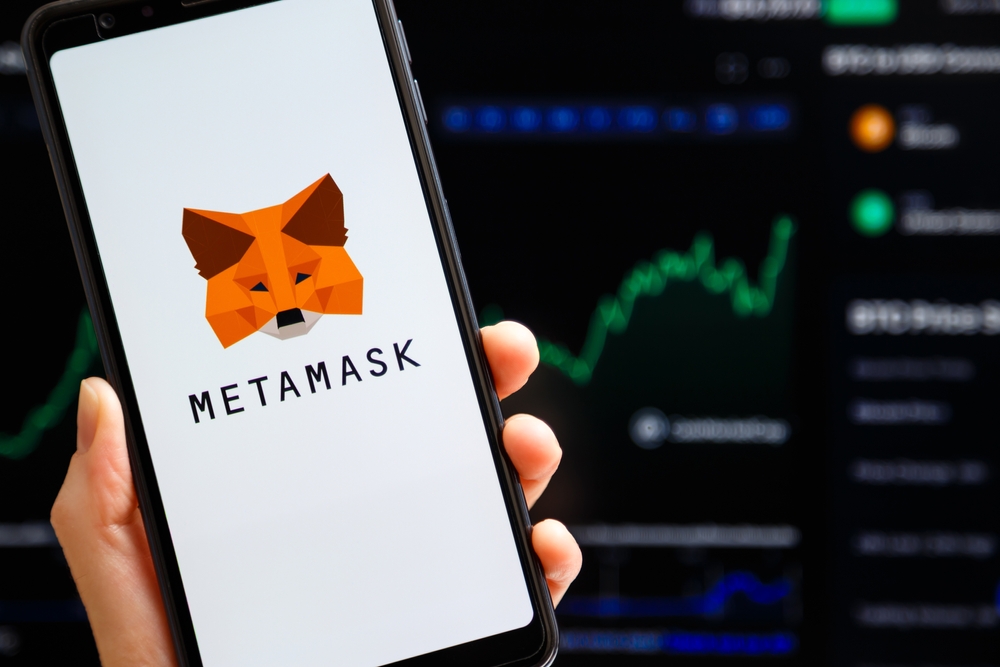All You Need to Know About Leased Proof-of-Stake (LPoS)

If you are a regular crypto user, then it is likely you have heard about the proof-of-stake (PoS) consensus mechanism. But is it related to leased proof-of-stake (LPoS)? Well, keep reading to find out!
Understanding Leased Proof-of-Stake
LPoS is a variant of the proof-of-stake consensus algorithm, which allows validators to participate in confirming on-chain transactions by staking native tokens. In any PoS blockchain, validators must stake more tokens to enhance their chances of securing a block to validate. And that’s where leased proof-of-stake comes in.
Through an LPoS system, token holders who lack the technical skills to validate transactions can lease their digital assets to participating validators, thus enhancing the chances of those validators to confirm and add a block to a chain.
Those who lease their tokens earn a predefined percentage of the block rewards the validators receive.
Try GPT Definity AI today, the #1 crypto trading robot! Click here to learn more. Artificial intelligence trading robots are taking over the trading eco-system, you can join this revolution and profit from daily revenues! Get ahead of the trading game with Artificial Intelligence crypto trading software today!
How Does an LPoS work?
Do you wish to lease your tokens to a validator? If so, here is how to go about it:
1. Initiate a lease transaction on a compatible wallet.
2. Lease your digital assets by linking them to your preferred validator’s node. Remember to specify the amount of tokens you want to lease. Also, you can cancel the lease transaction whenever you wish.
3. Once your tokens join the node pool, the validator will stand a great chance to generate and confirm transaction blocks.
4. Share block rewards. After generating and validating a block, the validator receives rewards, which are distributed to leasers according to their investment. That means if you lease more tokens, you receive more rewards than others.
It is worth mentioning that even after leasing your tokens, you do not lose control over them since they don’t leave your non-custodial wallet. However, you cannot transfer or trade leased tokens unless you cancel the lease transaction.
Key Features of LPoS
The leased proof-of-stake system has several notable features, including:
Balance Leasing
As mentioned, leasers don’t transfer their tokens to validators, thus retaining control over their investment.
Decentralized
Lease transactions do not require an intermediary to process them. What’s more, block rewards are automatically distributed to leasers based on their leased tokens.
Unpredictable Process of Generating Blocks
It is impossible to predict which validator will create and confirm the next block of transactions. The only thing known is that a validator with a bigger stake stands a higher chance of validating a block than others.
Fixed Tokens
Leasing doesn’t increase the number of tokens of a staked asset. That means the circulating supply of that asset remains fixed.
Rewards
Token leasing isn’t free. Leasers receive rewards in the form of transaction fees collected by validators after confirming a block.
Leased Proof-of-Stake vs. Proof-of-Work
Unlike a proof-of-work system, which requires miners to use expensive mining hardware with significant computational power to create blocks, leased proof-of-stake is resource-efficient, only requiring validators to increase their stake to boost their chances of generating blocks.
As of 2024, two blockchains, Waves and Nix, employ the LPoS model. Nix allows users to leasers their tokens using third-party wallets, while Waves only completes lease transactions initiated from its self-developed wallet.
Benefits of LPoS
The LPoS system comes with numerous benefits, including:
Passive Investment
By leasing tokens to a validator, you earn rewards passively without actively participating in block creation.
Lowers Barriers to Entry
LPoS allows crypto users with small amounts of tokens to lease them to earn rewards. By comparison, proof-of-work systems only accommodate users who can afford to operate pricey mining machines.
Leasers Retain Ownership
LPoS minimizes the chances of leasers losing their tokens by allowing them to retain ownership of the leased assets.
Other PoS Variants
Over the years, various proof-of-stake upgrades have been introduced. Besides LPoS, other PoS models include delegated PoS, proof-of-validation, pure proof-of-stake, and hybrid proof-of-stake.
Conclusion
As we have seen, the LPoS system comes with multiple benefits for crypto users who want to earn passively. However, like other PoS variants, LPoS carries its own risks. Therefore, we recommend understanding them before leasing your tokens.
Experience precision trading at its finest with Quantum Income PRO, where state-of-the-art AI meets the high-stakes world of cryptocurrency to deliver consistent success.
Disclaimer: Mining Plus Crypto specializes in amplifying content for dozens of cryptocurrency and blockchain firms, and your company could be next on the list! For inquiries, please reach out to us through or Telegram Chat. Given the unpredictable nature of cryptocurrencies, we advise you to thoroughly research before investing. A portion of the content available on our website, including broker reviews, is paid content or content contributed by guest writers and does not necessarily represent the opinions of Mining Plus Crypto. We claim no liability for the accuracy, quality, and content of advertisements, products, or any other materials, including ad spaces displayed on our site. For a comprehensive understanding, please review our full terms and conditions, and disclaimer.






